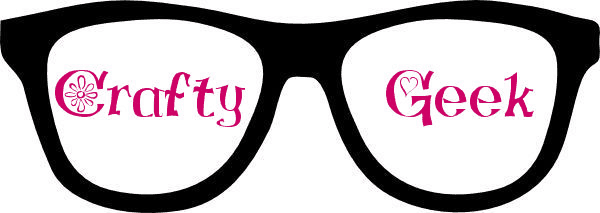I got into sublimation printing since it was a natural progression from the Cricut Maker and was great for marketing purposes for our other businesses and blogs. One of the first products I wanted to make was custom printed mugs. I thought these would be great to put in our rental properties with our property logo and for gifts. The best way to do this was to experiments with ways to do sublimation printing for mugs. If you are interested in the what exactly sublimation printing is, see this article.
Sublimation Printing for Mugs Materials
- Color Printer that has been converted to a Sublimation Printer – I use the Epson Ecotank 2720 and Printer Jack Sublimation Ink (see this article for more information about converting a printer)
- Sublimation Paper – I use the A Sub 120 paper
- Sublimation silicon mug wraps – you can buy these for 11 oz or 15 oz mugs
- Butcher paper (to put in between the sub paper and the silicon wrap
- Convection Toaster Oven (this should only be used for sublimation purposes – once used for sublimation, it should not be used for food)
- Sublimation 15 oz or 11 oz mugs (I chose the larger 15 oz mug)
Design
The mug that I wanted to make was a gift for someone who had three guinea pigs. This design was created in Procreate from an iPad. These are the steps I used for sublimation printing for mugs.

Adding Some Details and Printing
I wanted to add some more details on the design to further personalize the mug so I imported this into Inkscape – a free graphics program that is so powerful, but it takes a bit of time to learn. I plan on doing some video tutorials soon that go through some of the basics of using Inkscape and post them to the site.
Through Inkscape, I downloaded a font to go with the original design: Noteworthy. You can read more about getting fonts in my article about where to find free fonts. Since this was a personal gift, I could use it under the personal license (If you are planning on selling products with downloaded, you need to look into other license options). I added the text on the top and bottom and created my mug design. To fit one side of my 15oz mug, I used the dimensions of 4.3 inches wide x 2.3 inches high.

Since I wanted the mug to have the same design on both sides, I copied the design to have two copies of this that would print on the same piece of paper.
My printer settings are set to mirror at printing, but if you don’t have that option set, make sure you flip it horizontally in Inkscape so it prints out backwards. I have made the mistake of not doing that last step before.
Then print out your design using sublimation paper in a printer that has been converted with sublimation ink. This will not work with normal printer ink.
Wrapping of the Mug
Once the design is printed, it is time to put it on the mug. I cut out my two sides and cut closely around the design, but not too close (left about a half of an inch around the design. Then I placed it on the mug securing it with heat transfer tape.
The mug I used was treated for sublimation printing (this will not work on normal ceramic mug) and the tape I used was for heat transfer applications (see links in the materials section). I only taped the short sides since I am going to wrap this securely. I then cut two sheets of my butcher paper and put it on top of the tapes sublimation paper so the ink would not leak through to the wrap. The final step was to wrap my mug in silicon wrap designed for sublimation printing for mugs and specifically 15 oz. mugs.

Convection Oven Method
There are special heat presses for mugs, but I like using a convection toaster oven. I found this one used on Facebook Marketplace for $20 so it was much less expensive than buying a mug heat press. I bought a simple oven thermometer so I can make sure it gets to the temperature I want ( I wanted 390 degrees Fahrenheit and I found out by my oven thermometer that I had to dial it to 450 degrees on my oven to get to that temperature).
I preheated my over to 390 degrees on the convection setting and once it was ready, I put my wrapped mug in and set a timer for 15 minutes. Once done, I took it out (using a high heat silicon oven mitt – this will be really hot) and set it on a ceramic tile I have next to my oven. You will need some type of heat resistance surface and an inexpensive ceramic tile works great.

Final Product
Once cooled (about 15 minutes), I took off the wrap, paper, and tape, and I had my mug. I love this and plan on creating a lot of different types for my friends and businesses. I am now addicted to using sublimation printing for mugs.





I enjoy your writing style really enjoying this website .